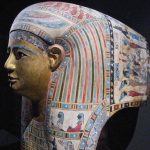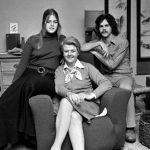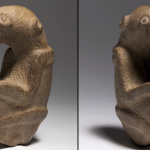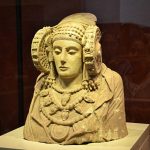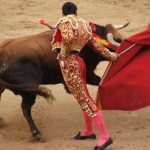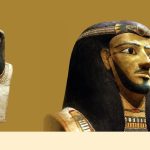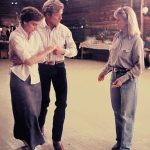Hunchbacked Figure
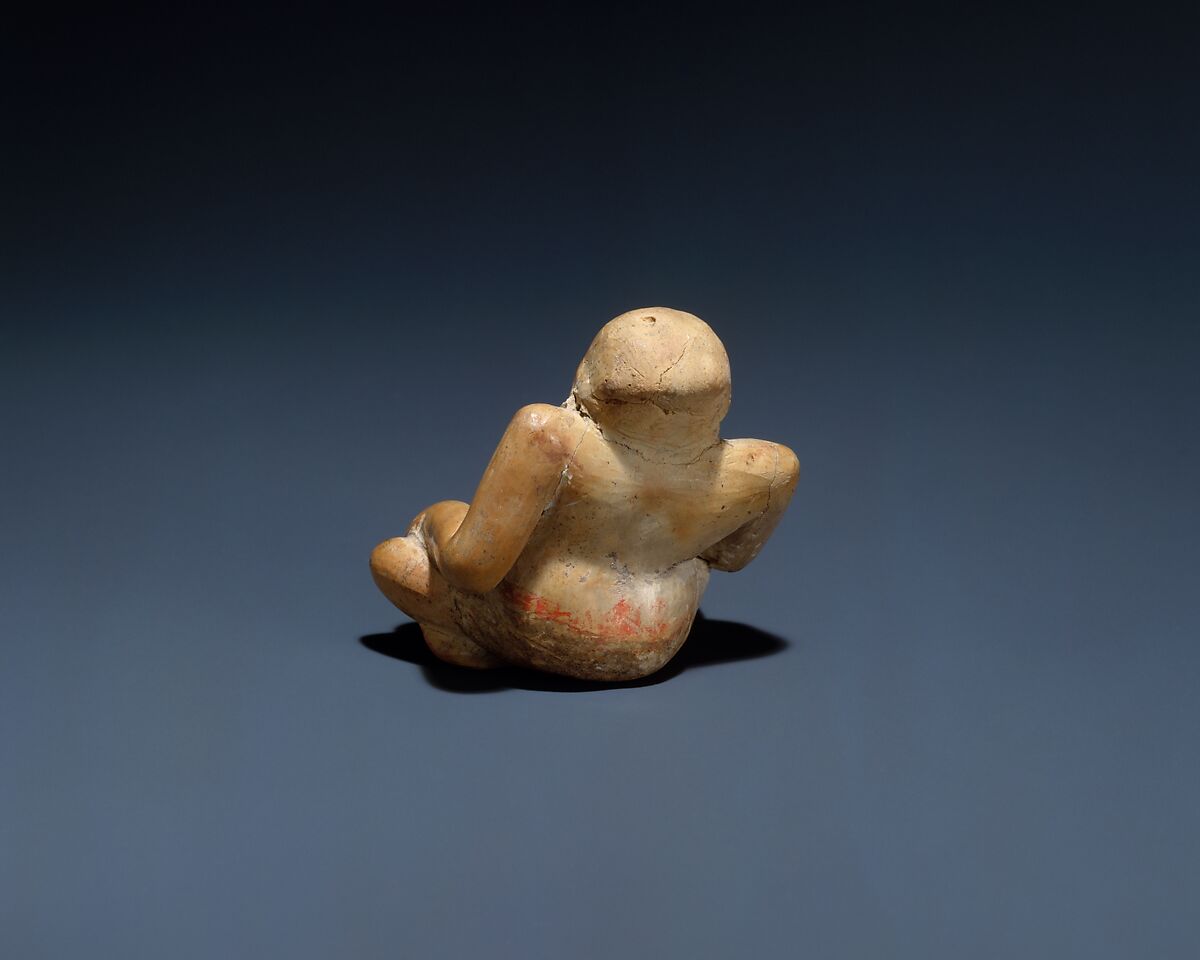
Hunchbacked Figure, Olmec, 12th–9th Century BCE.
Frequent depictions of hunchbacked individuals in Olmec and later Mesoamerican art suggest they may have held positions of special significance in ancient society.
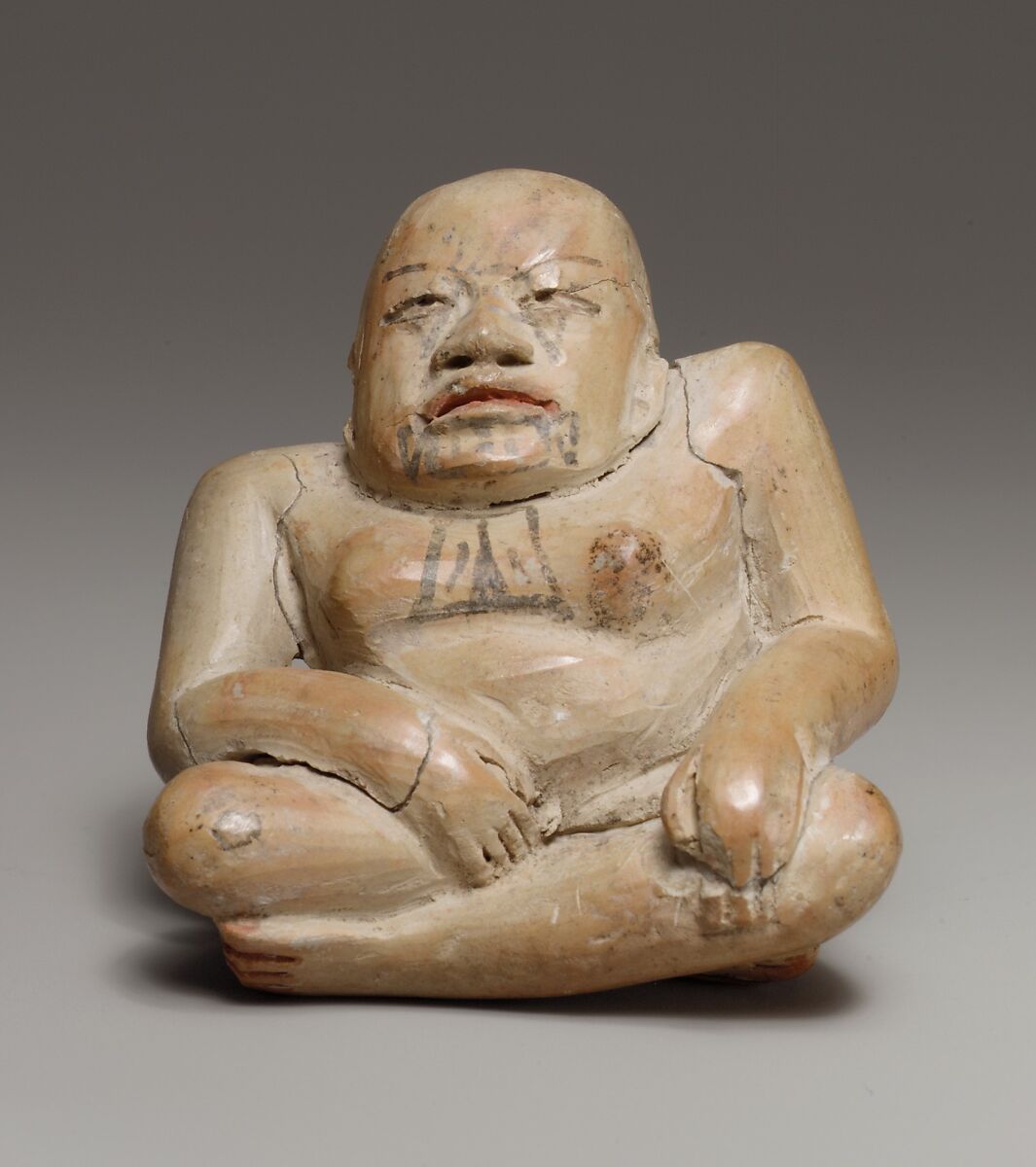
Numerous depictions of hunchbacks in ancient Mesoamerican art have led scholars to suggest that these individuals held significant social or ritual roles. Beginning with the Olmec civilization, hunchbacks were believed to possess special abilities linked to their physical differences. This Olmec figurine, with its hand-modeled, white-slipped surface, is enhanced with brown pigment to highlight both realistic and symbolic features on the face and chest.
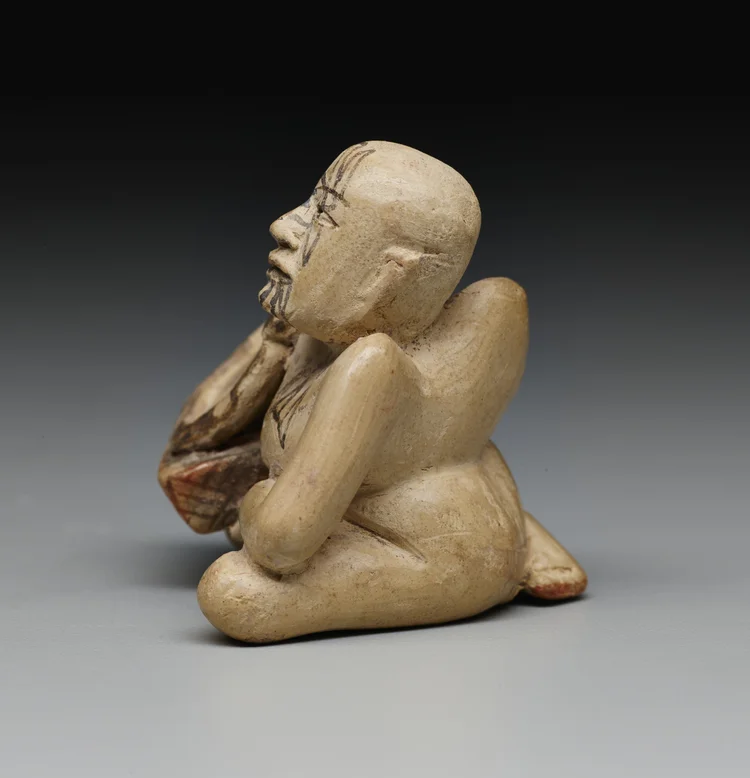
The naturalistic portrayal of the face—with almond-shaped eyes, a broad nose, and full lips—closely resembles the type seen in Olmec colossal basalt heads. Combined with the figure’s relaxed posture, these details lend it a lifelike presence despite its small scale. The figurine may have served as a personal object, possibly owned by a ruler or someone wishing to harness the hunchback’s perceived supernatural powers. Later representations continue this theme, showing hunchbacks as members of royal courts, where their presence may have facilitated the ruler’s connection to the supernatural world to which hunchbacks were thought to have special access.
